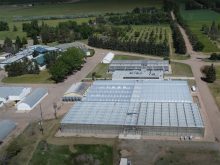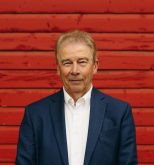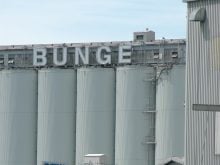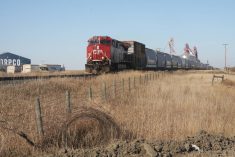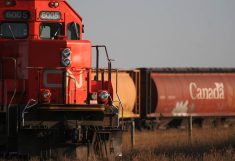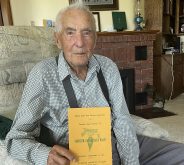ROSTHERN, Sask. – The Janzens have worked out their life partnership.
“I’m the enthusiast and the talker,” said Larry. Pointing across the table at his wife Doreen, he adds: “she’s the organizer and the realist.”
The couple exudes cheerfulness as we sit in their kitchen with a drifting aroma of cooling cakes. But they’ve had a lot of practice developing a positive attitude. Former teachers, they gave up those careers to start farming in 1981, paying 22 percent interest rates at one point.
“People did say we were crazy,” said Doreen.
Read Also
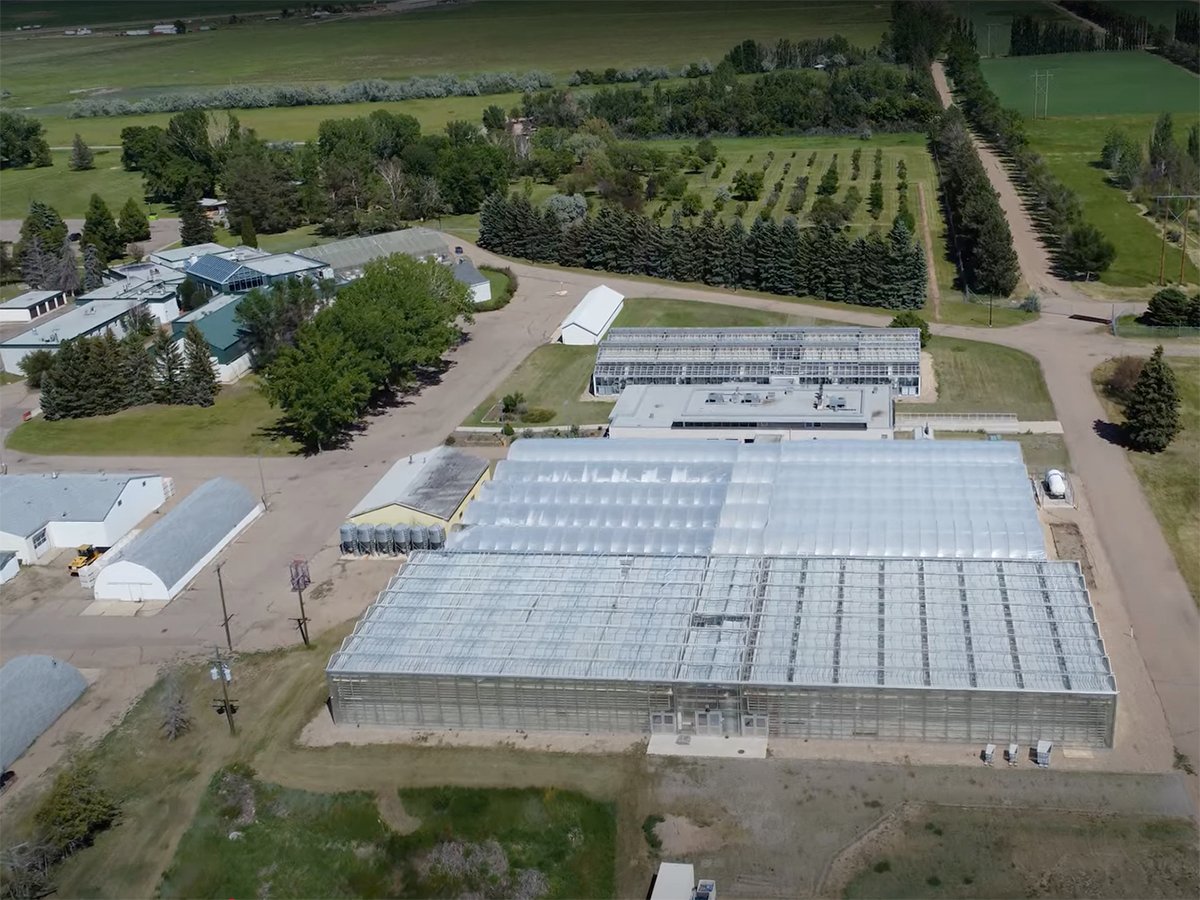
Alberta crop diversification centres receive funding
$5.2 million of provincial funding pumped into crop diversity research centres
Larry explains their 50/50 partnership as a realization that two minds are better than one. Also, Doreen said, they were on their own with no family to backstop the farm enterprise which began with feeding hogs and growing seed.
Save historic site
Today the Janzens are known as more than seed growers. They have plunged into other projects: they’ve helped develop the Seager Wheeler farm as a national historic site, they are proponents of soil conservation and believers in agriculture’s future to the point of investing in a controversial large hog operation.
Larry talks quickly but quietly of his beliefs – no table pounding. Doreen listens, putting in a sentence here and there. They take turns answering six phone calls during the 70-minute interview.
On 3,000 acres in north-central Saskatchewan that they rent or own, the Janzens raise seed stocks of wheat, barley, canola, flax, lentils and peas to sell to neighboring farmers. Like the biblical story, they had hail the first seven years they farmed. Larry is contemplative, saying until the crop is in the bin it is never theirs. Doreen doesn’t quite snort but notes that is “his” philosophy.
They direct seed and use chemicals, basing their choice on constant reading, attendance at seminars and practical experience. They reject any chemical that has a long-term residue, that will leach into the soil or requires more opening of the land. Larry said they like to blend modern and traditional agriculture, preserving what makes sense.
Today’s farmers not throw on extra chemicals for no reason, Doreen said. Larry nods and mentions a 1996 study by the Prairie Farm Rehabilitation Administration showing soils in the Prairies are in better shape than anywhere else in Canada.
Treating the environment tenderly and learning how to market were lessons written and practised by Seager Wheeler. The five-time wheat king of the world, whose farm has been restored by a committee in Rosthern headed by the Janzens, would have approved of today’s sustainability focus.
But Larry said there is an additional lesson – Wheeler won as many awards for his potatoes as his wheat. If more people had diversified like Wheeler, maybe prairie economics would be better, the Janzens say.
“Large grain farms are why Saskatchewan is getting depopulated,” Larry said. “Since we’re part of the problem we should be part of the solution.”
One way the Janzens do that is to hire two employees on their seed farm and 11 people work seasonally at the Wheeler farm site. The Janzens also say farmers should create rural jobs by adding value to farm products.
“Having another plant in the industrial park of Saskatoon will not help the fabric of the Rosthern community,” said Larry. “We should be finding ways Saskatchewan farm families can live on a quarter section of land.”
Whether that’s through selling barley or trucking hogs or developing horticulture, the Janzens support it.
“Can you believe we import rhubarb,” asks Doreen. “Wouldn’t it be nice to have Heyers apple pie mix instead of the goo we get now?” And what if every grocery store in Canada would sell saskatoon berries, she said.
Larry said this province is waking up. For every dollar made at the farmgate, Saskatchewan makes another dollar with value-added products. Alberta adds $5 for every $1, but California is the top marketer with $27 for every dollar of raw product.
When asked what they would do if starting to farm today, Doreen said the biggest problem is money. Larry recommended new farmers lease their land and share equipment with a partner. And to gain that extra cash flow, either one spouse must work at an off-farm job or develop a niche market sideline to the main farm business.
The Janzens have reached a comfort stage with their farm.
“We’re just hitting the peak so we’re not ready to quit yet,” said Doreen.
Larry said “maybe we’ll slow down in 10, 15 years.” Then he dreams of having more time to work on projects like the Wheeler farm.


